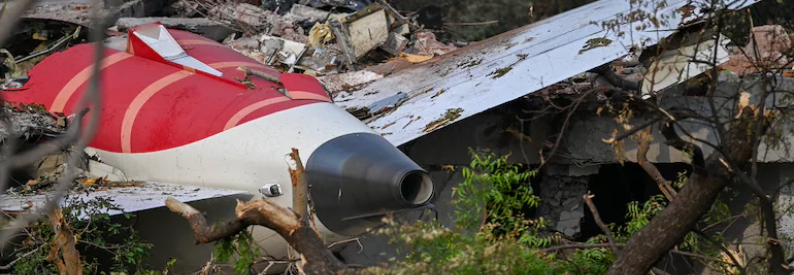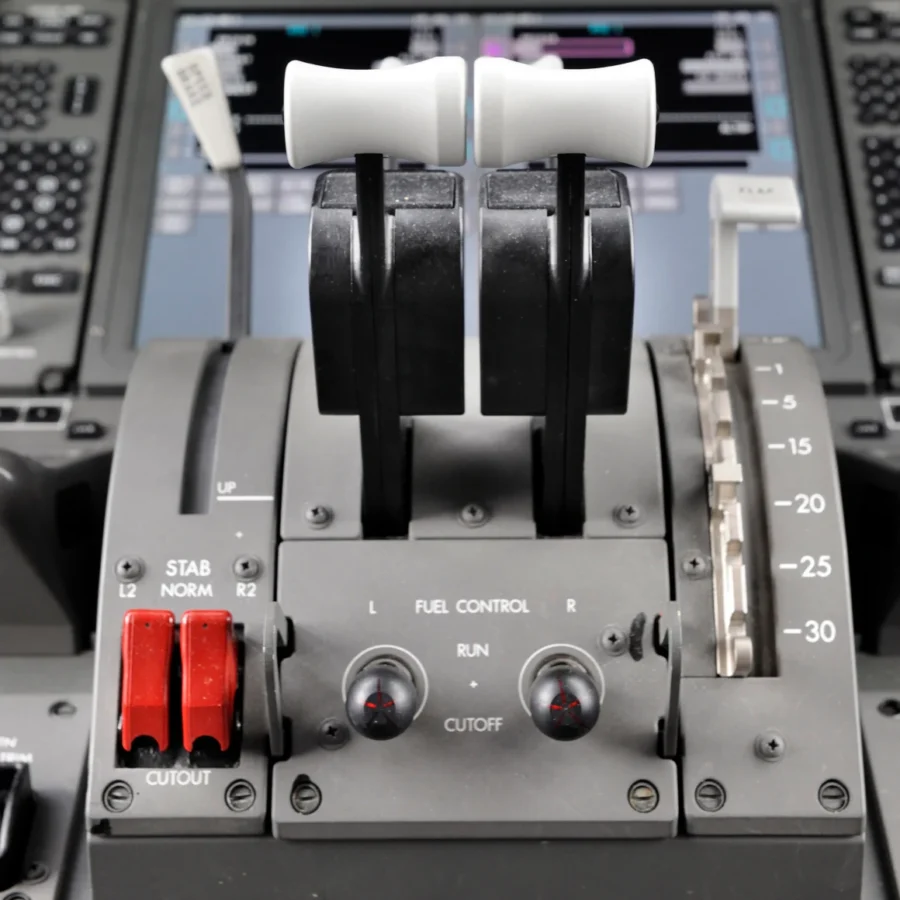Fuel Cutoff Caused Air India 787 Crash, Says Preliminary Report

India’s Ministry of Civil Aviation has released its preliminary report on the deadly Air India Flight 171 crash, confirming that a cutoff in engine fuel supply led to the fatal accident. The Boeing 787-8 Dreamliner crashed just seconds after takeoff from Ahmedabad’s Sardar Vallabhbhai Patel International Airport on June 12, killing 260 people, including several on the ground.
According to the Aircraft Accident Investigation Bureau (AAIB), the aircraft’s cockpit voice recorder and flight data recorder revealed that both engine fuel control switches were moved from the “RUN” to “CUTOFF” position, one after the other, with a gap of just one second. The engines lost thrust as a result, and though the switches were returned to “RUN,” the aircraft did not recover before it plunged into the BJ Medical College and Hospital hostel.
The incident marks one of India’s deadliest aviation disasters in recent history. Only one passenger on board survived. Among the 242 passengers and crew were 169 Indian nationals, 53 Britons, seven Portuguese citizens, and one Canadian.
The preliminary report does not yet confirm whether the fuel control switches were manually activated by either pilot or triggered accidentally. Onboard audio captured one pilot asking the other, “Why did you cut off?” to which the second replied, “I did not.” The switches are located behind the throttle levers and are protected by a metal guard with locking mechanisms to prevent accidental activation. Aviation safety experts, including CNN analyst David Soucie and Professor Graham Braithwaite, emphasize that such switches are not easily moved without deliberate action.
Airport surveillance showed that the aircraft’s Ram Air Turbine—a backup emergency power generator—was deployed shortly after takeoff, indicating an onboard emergency. Investigators confirmed that the aircraft began to lose altitude immediately after takeoff and crashed before it could leave the airport’s perimeter.
The aircraft had reached 180 knots of airspeed when the incident began. As per Boeing’s system design, switching fuel controls to “RUN” in-flight should automatically trigger engine relight procedures. However, the engines failed to recover thrust in time. One pilot issued a “MAYDAY” call moments before impact, but the air traffic controller received no further response.

Investigators ruled out several other causes. Fuel samples met quality standards, the aircraft’s weight was within limits, and there was no evidence of bird activity or mechanical failure. The flap and landing gear positions were correctly configured for takeoff. The aircraft’s engines had been recently installed—one in March and the other in May—further reducing the likelihood of mechanical issues.
Public reaction has been intense. Family members of victims are calling for accountability. Naresh Maheswari, who lost his son in the crash, urged investigators to remain impartial. Another grieving relative, Niraj Patel, called on the government to take stronger safety precautions to prevent such tragedies.
Air India issued a public statement acknowledging the report and reaffirming its commitment to cooperate fully with investigators. “We stand in solidarity with the families and those affected by the AI171 accident,” the airline stated on social media, promising continued support for victims’ families.
Meanwhile, safety experts and aviation unions are raising renewed concerns about the lack of cockpit monitoring in modern aircraft. Many are questioning why aircraft like the Boeing 787 are still not equipped with cockpit video cameras. Advocates argue that adding visual recording to the existing flight data and voice recorders should be a mandatory safety enhancement, helping investigators better understand the sequence of events in aviation accidents and eliminate uncertainty.
Investigators are now continuing their work, which includes analyzing post-mortem reports, conducting a comprehensive review of data from both the cockpit voice recorder and flight data recorder, and carrying out a technical evaluation of the cockpit layout and aircraft systems. A final report is expected within the next year.
The crash stands as a stark reminder of the vital importance of cockpit procedures, training, and mechanical safeguards—highlighting how a single operational failure or system error can lead to devastating consequences. It also amplifies ongoing calls for the integration of cockpit video recording systems. A secure, tamper-proof cockpit camera—used in conjunction with existing audio and flight data—could provide critical insight into crew behavior, decision-making, and potential technical or mechanical malfunctions, ultimately strengthening both accident investigations and future prevention strategies.
Aircraft Accident Investigation Bureau (AAIB) Official Preliminary Report – Accident Involving Air India’s Boeing 787-8 Aircraft Bearing Registration VT-ANB at Ahmedabad on 12 June 2025: https://aaib.gov.in/What’s%20New%20Assets/Preliminary%20Report%20VT-ANB.pdf
Related News: https://airguide.info/?s=air+india, https://airguide.info/category/air-travel-business/travel-health-security/
Sources: AirGuide Business airguide.info, bing.com, bbc.com, cnn.com, reuters.com, npr.org
